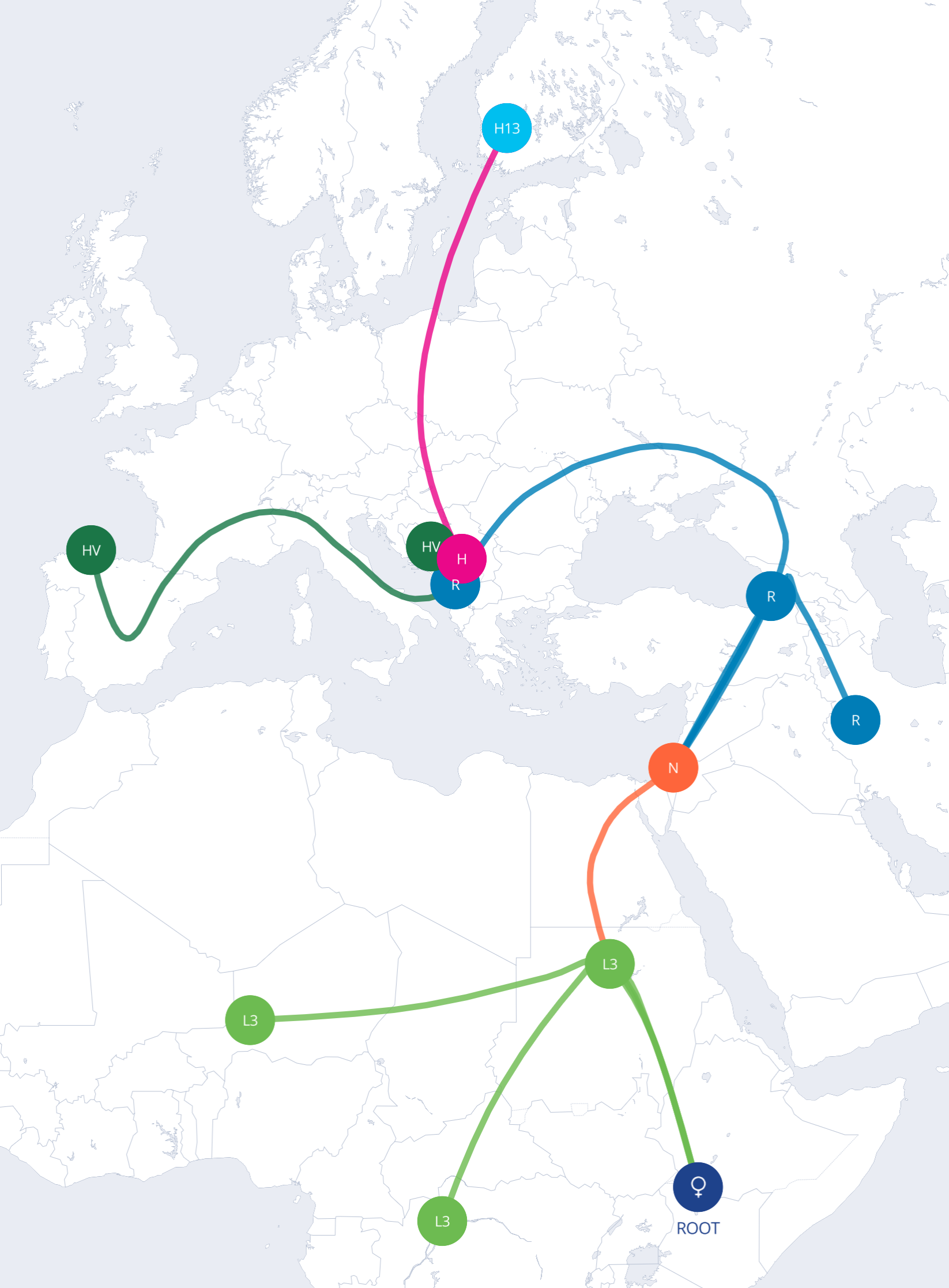In This Article
In This Article
You want your child to feel confident every time they smile. When teeth start crowding, it’s easy to wonder, “Did I pass this down?” The truth is kinder: genes set the stage, but simple habits often decide the final look—and you can change those habits today.
Some families share the same jawline in every photo. A narrow upper arch or a long lower jaw can travel through generations. Large front teeth may do the same. When wide teeth meet a slim arch, space runs out.
Genes matter, yet they rarely act alone.
Know Your DNA Reviews

Don't miss out on the opportunity to learn more about yourself. Read our best DNA test page to find the best one for you.
Small, everyday habits push growing bones. Catch them early and you often prevent years of braces.
Each habit feels minor—but over thousands of hours it reshapes a face. Helping your child trade a pacifier for a cuddly toy, or adding crunchy veggies to meals, can widen future smiles.
The American Association of Orthodontists recommends one screening by age seven. That visit is gentle—quick X-rays, simple bite checks, and a growth forecast. Early guidance can turn future surgery into a small, removable device.
Bringing these clues up early is an act of care, not alarm.
Before braces go on, the orthodontist asks, “What is driving this crowding?” The answer points to the right tool.
| Root cause | First-line option | How it helps | Best age |
| Slim upper jaw | Palatal expander | Gently widens bone along the midline | 7 – 11 |
| Harmful habits | Habit crib or myofunctional therapy | Removes pressure; retrains lips and tongue | 5 – 10 |
| Mild tooth crowding | Clear aligners | Rotates or tips teeth in tight spots | 12 + |
| Large jaw mismatch | Braces plus jaw surgery | Resets bone when growth is done | 17 + |
Early tools like expanders cost $800–$2,000. Full braces average $5,000–$7,500. Families that cut thumb-sucking or widen arches early often shave a year—and many dollars—off later care.
Researchers are turning cheek-swab DNA into guidance. One study links a WNT3A change to slower tooth movement, another links a TNFRSF11A marker to faster shifts. These findings are exciting, yet still in small trials. For now, skilled exams, strong chewing, and faithful retainer wear beat any home DNA kit.
Tech is lending a hand, too. Cone-beam scans feed 3-D printers that craft expanders or aligners to a tenth of a millimeter. Tiny sensors inside clear trays track daily wear and send gentle reminders to your phone. Early reports show these upgrades trim extra office visits by about one-third—handy for busy parents.
To find a caring specialist near you, visit the American Association of Orthodontists.
Know Your DNA Reviews

Looking for a DNA test that's accurate and can tell you about your health and heritage?
